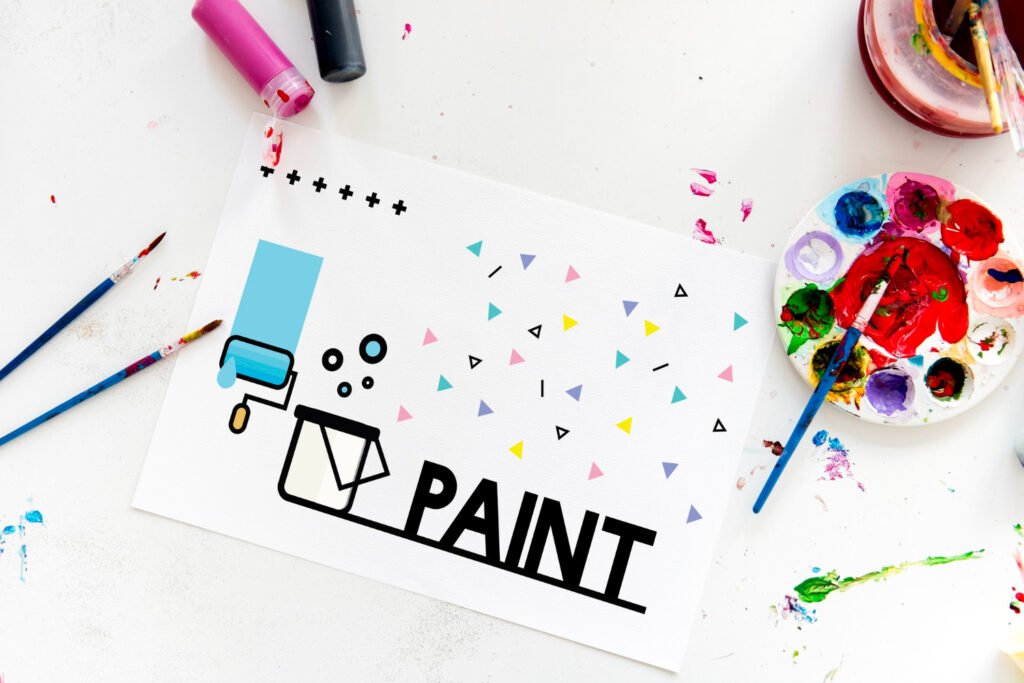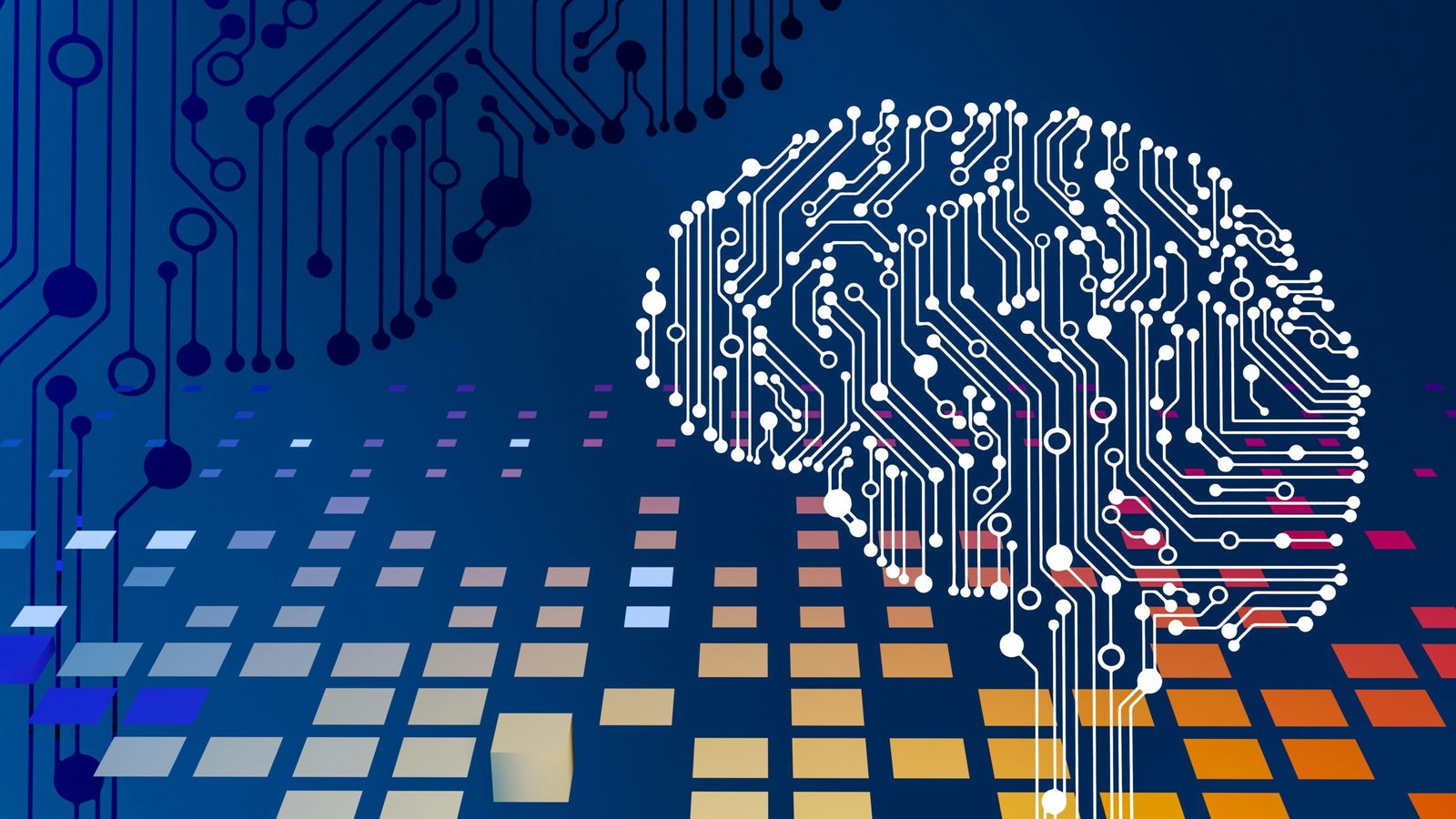The Psychology of Color: How to Use It for Maximum Creative Impact
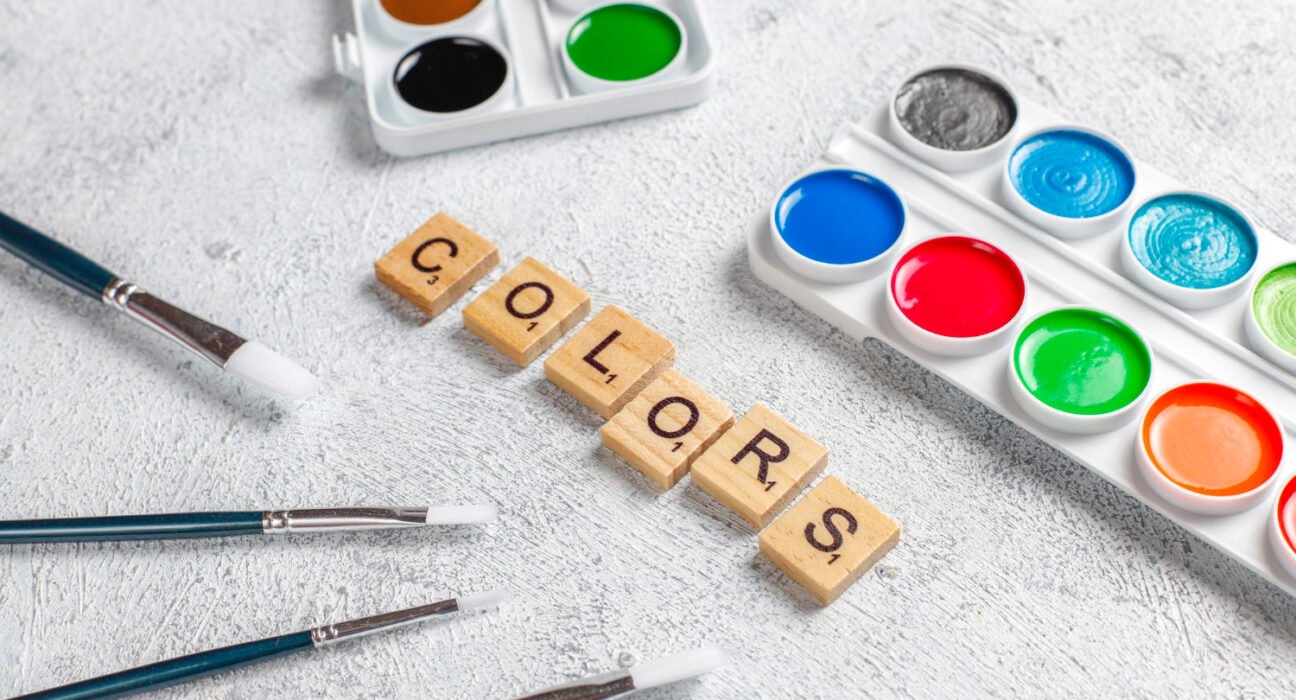
Color isn’t just a visual experience—it’s a powerful psychological tool that can influence mood, behavior, perception, and decision-making. In 2025, as digital content creation, branding, and marketing become more competitive than ever, understanding the psychology of color is crucial for achieving maximum creative impact.
1. What Is Color Psychology?
Color psychology refers to the study of how hues affect human behavior, perception, and emotions. It’s rooted in both scientific research and cultural symbolism.
- Why Color Matters in 2025
With the explosion of digital interfaces, social media branding, and immersive content, color has become more than an aesthetic choice—it’s a communication tool. The right color palette can increase engagement, enhance readability, evoke emotional responses, and even boost conversions.
2. The Science Behind Color and Emotion
How the Brain Interprets Color
Our brains process color in milliseconds. Warm colors like red and orange evoke energy and passion, while cool colors like blue and green offer calmness and trust.
Emotional Associations of Common Colors (SEO-rich)
- Red: excitement, urgency, passion, power (Used in call-to-action buttons)
- Blue: trust, reliability, calm (Top choice in finance and healthcare)
- Green: gowth, harmony, health (Common in eco-friendly brands)
- Yellow: optimism, energy, creativity (Used in youth-oriented campaigns)
- Orange: enthusiasm, friendliness, affordability (Retail and food industries)
- Purple: luxury, spirituality, mystery (Beauty and wellness branding)
- Black: elegance, authority, modernism (Luxury fashion)
- White: purity, simplicity, cleanliness (Healthcare and tech UI)
- Pink: compassion, femininity, playfulness (Beauty and lifestyle)
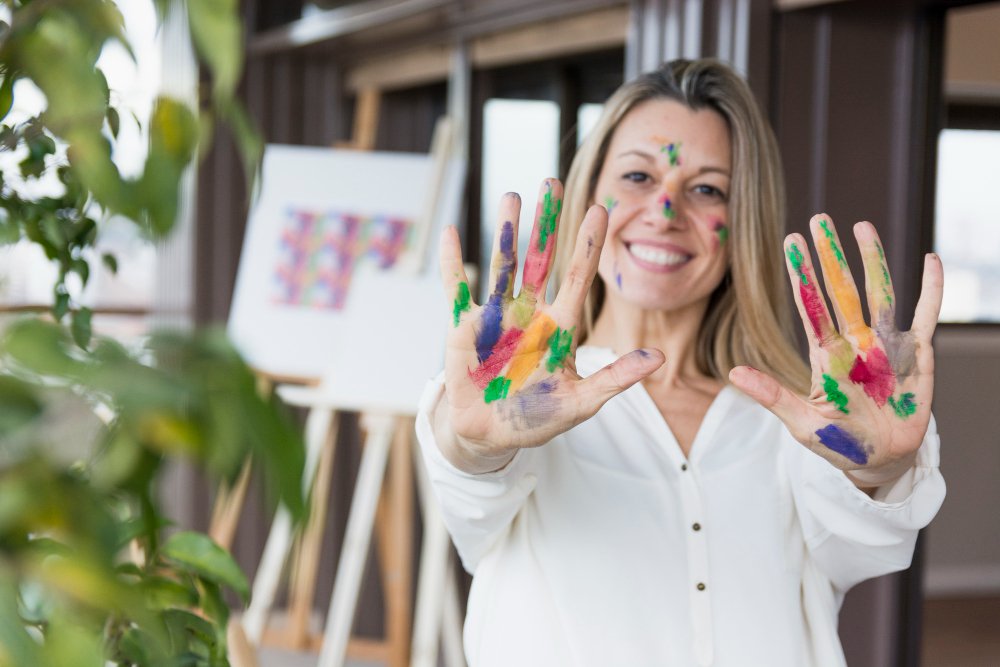
3. The Cultural Significance of Color
Color meanings vary significantly across cultures:
- Red: Love in the West; Luck in China
- White: Purity in the West; Mourning in parts of Asia
- Yellow: Joy in the U.S.; Royalty in India
Adapting your palette to your target audience’s cultural context is crucial for success in global marketing.
4. Color Psychology in Branding and Marketing
Choosing Colors for Brand Identity
Strong brands like Coca-Cola (red), Facebook (blue), and McDonald’s (red and yellow) leverage color to convey emotion and consistency.
Color and Conversion Rates
Studies show color can influence up to 85% of purchasing decisions. CTA buttons in high-contrast colors like orange or red often yield higher click-through rates.
Logo Design and Color Theory
A well-designed logo uses color harmony, contrast, and accessibility to communicate brand values instantly.
5. Color in Web Design and UI/UX
Trending Colors in 2025 Web Design
- Digital Lavender (calming, futuristic)
- Neo Mint (fresh, modern)
- Cyber Yellow (energetic, digital-native)
Accessibility and Color Contrast
Tools like WCAG color contrast checkers ensure visual content is usable for colorblind and visually impaired users.
6. Color Psychology in Social Media and Content Creation
Best Colors for Engagement
Colors like red and orange tend to boost likes, shares, and comments on platforms like Instagram and TikTok.
Content Themes and Aesthetics
Consistent color palettes reinforce brand identity and improve audience recall.
7. Color Trends in 2025: What’s In and What’s Out
In: Earth Tones, Futuristic Neons, Digital Pastels
Out: Flat Neutrals, Monochrome Palettes (in excess)
Designers are blending sustainability-inspired tones with vivid tech-driven colors to stand out in digital spaces.
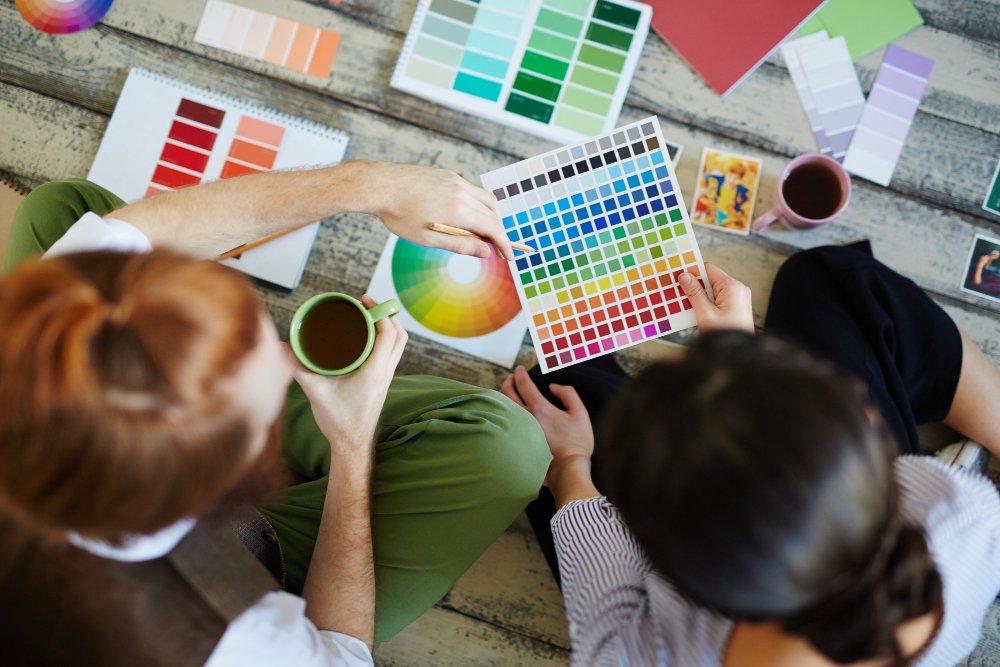
8. How to Create a Color Palette That Converts
Use the 60-30-10 Rule
60% dominant color, 30% secondary color, 10% accent.
Tools for Building Color Palettes
- Adobe Color
- Coolors.co
- Canva Color Wheel
9. Psychological Color Pairings That Work
- Blue + Orange (Trust + Excitement)
- Black + Gold (Luxury + Elegance)
- Green + White (Eco + Simplicity)
- Purple + Pink (Creativity + Playfulness)
10. Case Studies: Brands Using Color Psychology Effectively
Spotify – Vibrant Gradients for Energy and Culture
Apple – Monochrome Minimalism
Starbucks – Green for Calm, Community, and Growth
In a visually overloaded world, smart color use is your secret weapon for creative impact. Whether you’re designing a logo, creating digital content, or launching a brand, understanding color psychology will help you connect, convert, and captivate.






